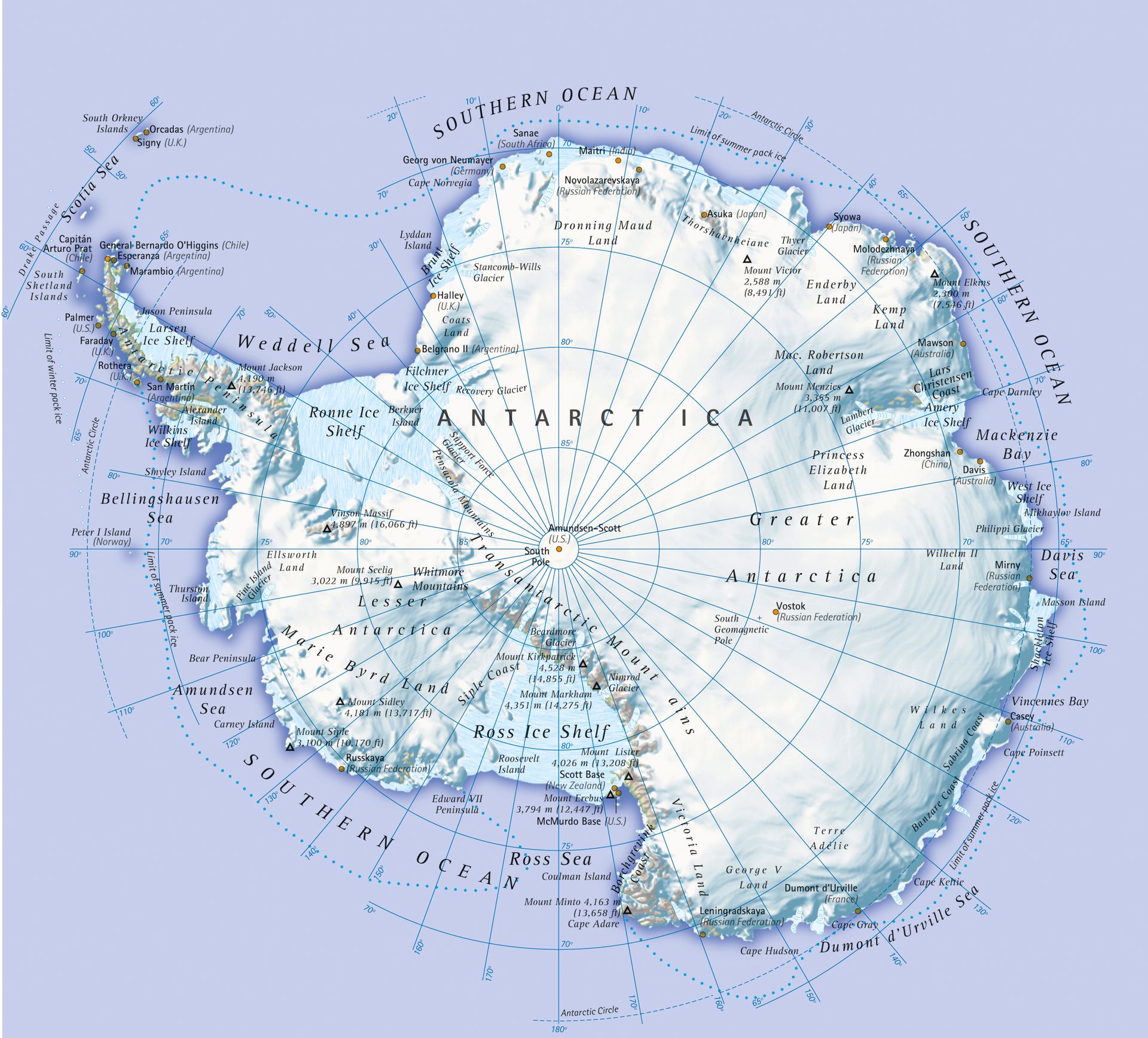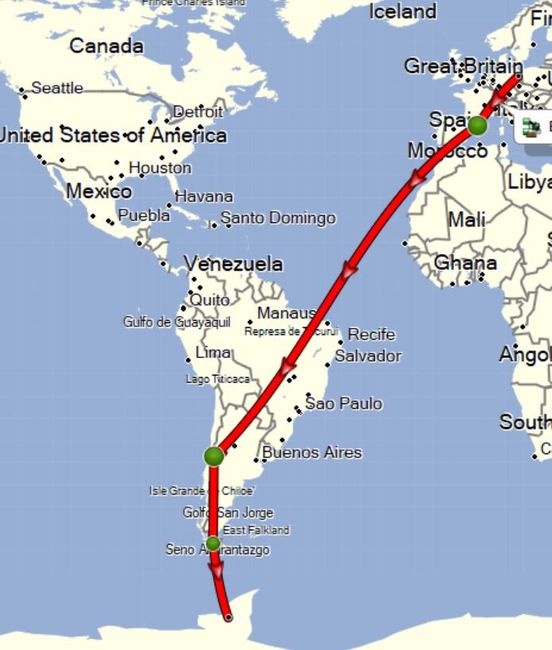20-12-19: Icebergs, icebergs, icebergs
প্রকাশিত হয়েছে: 20.12.2019

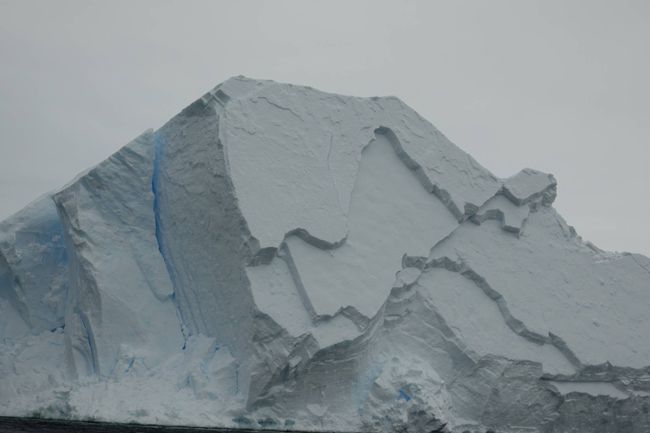
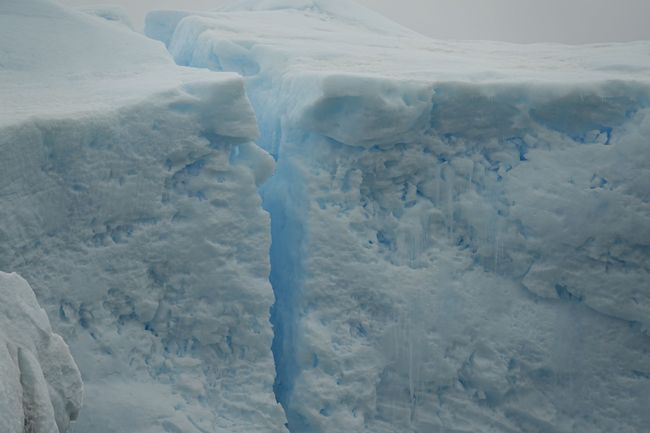
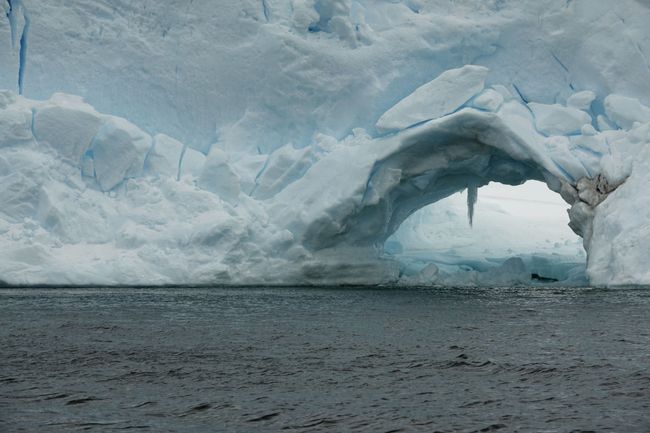
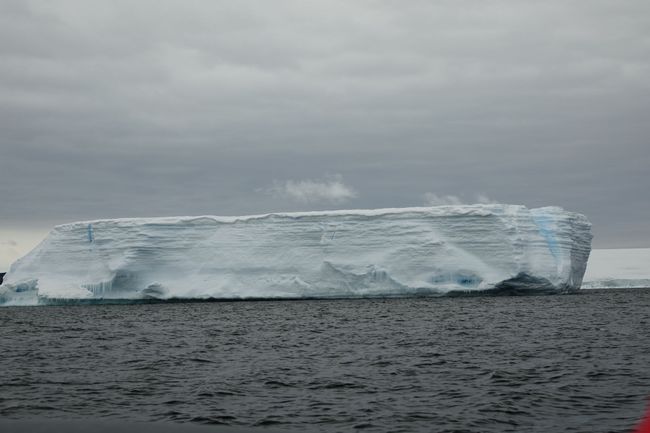
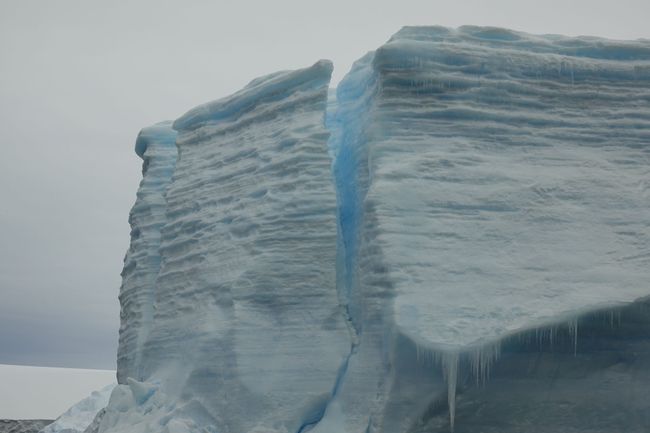
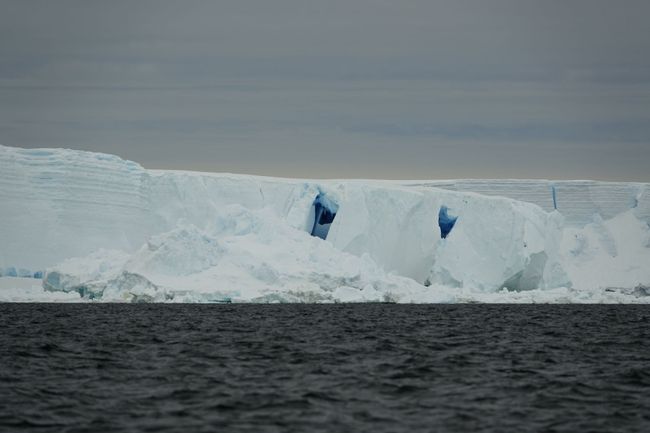
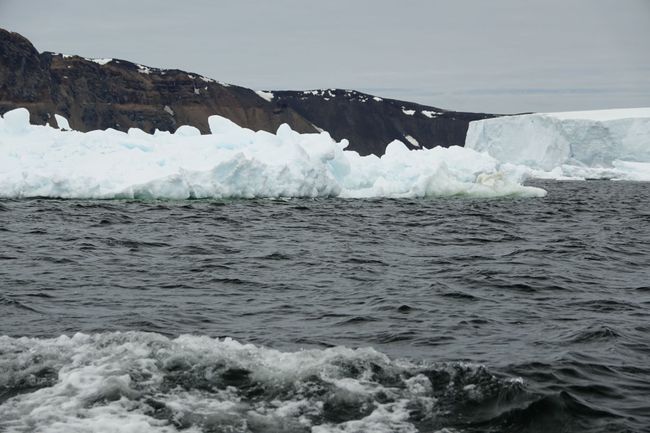
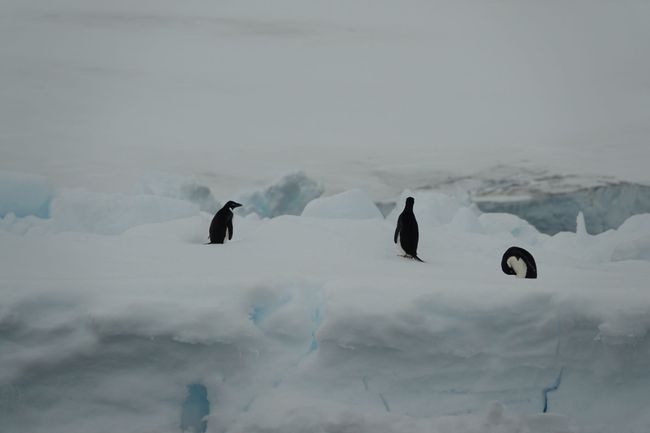
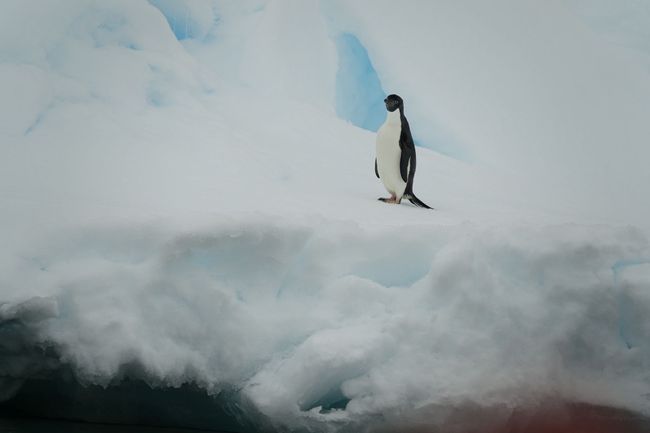
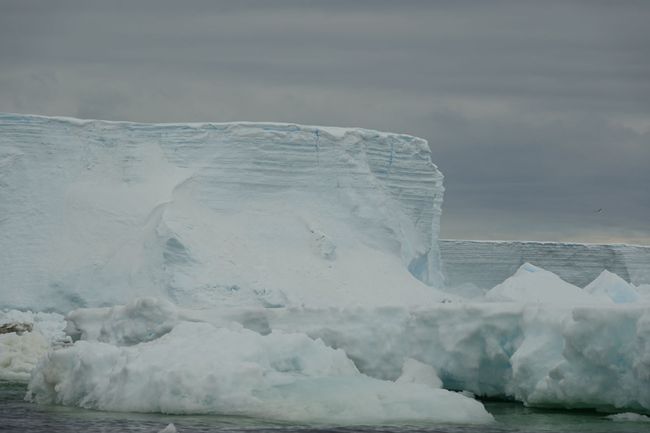
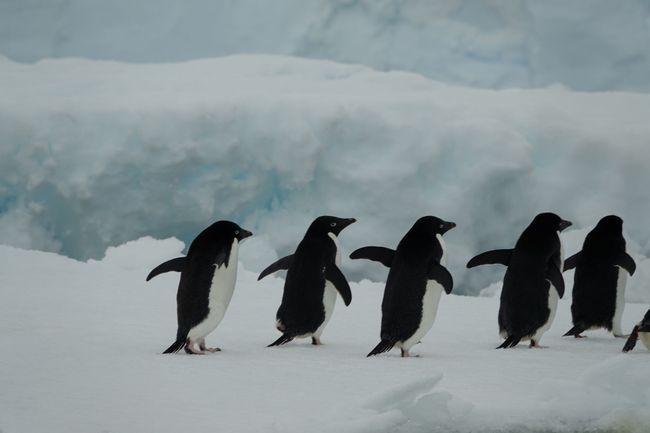
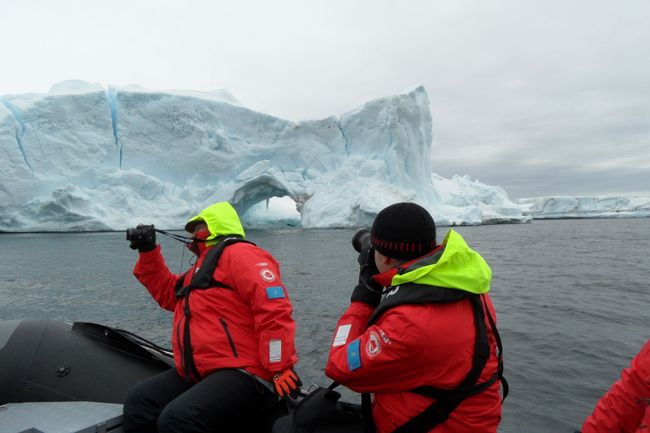
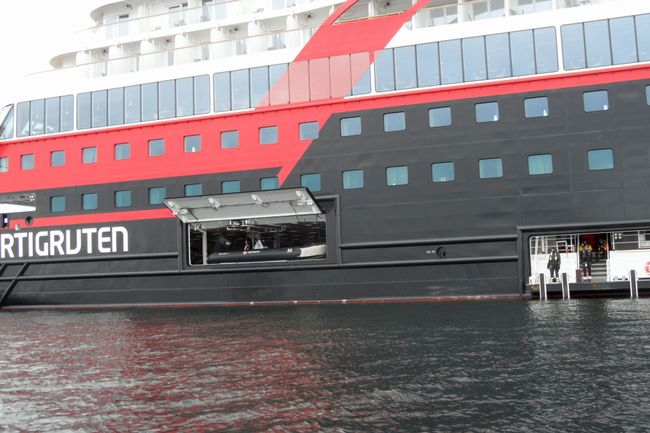
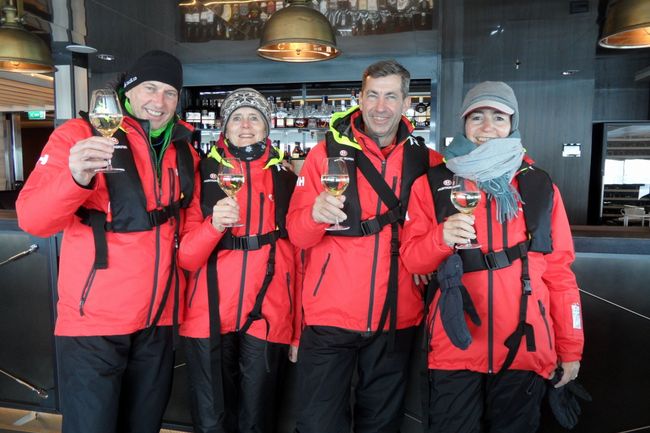
নিউজলেটার সদস্যতা
... and penguins!
But let's start at the beginning, which already started the night before at 23:00. The captain set course for Snow Hill. It was clear that there was no guarantee for landing. No ship from Hurtigruten has managed to do it before. However, the new ship can break through ice up to 1 meter thick. The ship has already pushed aside a few smaller icebergs that were blocking the way. The ship stopped at 23:00 (by the way, it is still bright outside). In front of us were countless large icebergs and an increasingly dense layer of compact sea ice. Later we learned that behind the ship, towards the return route, a solid layer of sea ice was also forming, which could have cut off our way back. The captain decided to turn around and seek safe waters.
The next morning we were in a calm bay with countless really large icebergs. The daily program planned to take all participants out in the Zodiacs and get close to the icebergs. In the end, it was a great compensation for the missed emperor penguins.
Icebergs are formed by the calving of glaciers and the breaking off of shelf ice. A glacier is a glacier when the ice moves. The ice continuously pushes forward until it breaks off at the cliff edge into the sea. This is called calving. Shelf ice is ice that does not move. Break-offs are due to the warming in the surrounding area (global warming!).
It is super interesting to navigate through these icebergs and see the layers up close. This ice was formed thousands of years ago (in the case of glaciers, sometimes 100,000 years ago).
The penguins on the ice floes in the water are always cute.
We are curious where the ship will take us next for the next day.
নিউজলেটার সদস্যতা
উত্তর
